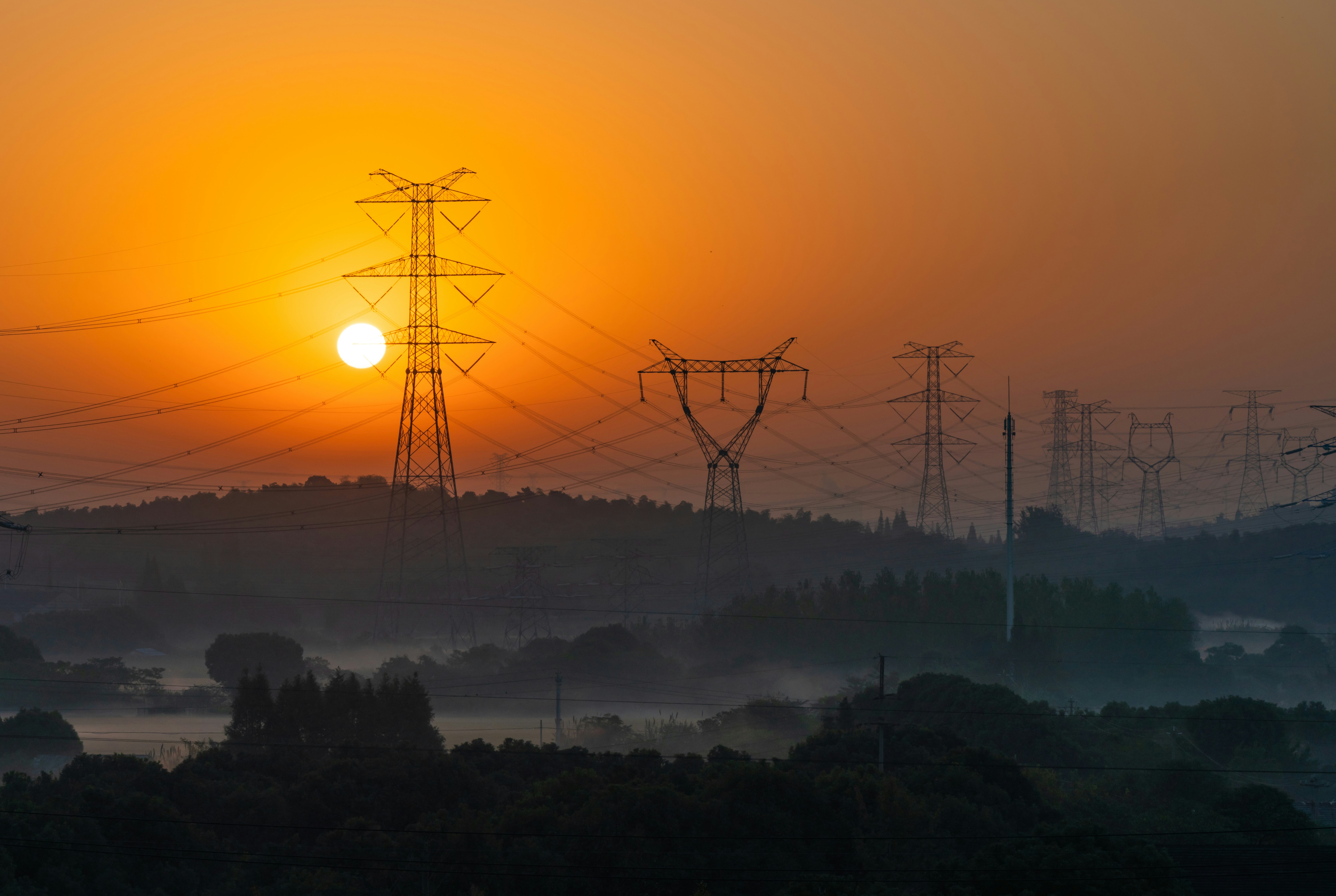
Distributed Energy Resources regulation market highlight: Uganda
This is the fifth blog in a series showcasing regulatory frameworks in African countries as defined in CBE’s white paper – Distributed Energy Resources (DERs) Regulatory Building Blocks. The blogs cover the market stages of countries according to the categorisation in the paper: Stage 0: Centralised Control; Stage 1: Cautious Co-existence; Stage 2: Directed Benefits; and Stage 3: Early Market Management.
Read the first blog on the Democratic Republic of Congo, the second blog on Zimbabwe, the third blog on Ghana, and the fourth blog on Namibia.
Uganda is identified as a Stage 1: Cautious Co-existence. This categorisation reflects a structured approach to integrating distributed energy resources (DERs), balancing regulatory oversight with market liberalisation.
DER regulations country profile: Uganda
Background
- Uganda’s foundational legal framework enabling the licensing for generation, transmission, distribution and the sale of electricity, is the Electricity Act 1999 (Cap. 145)
- Uganda has achieved an installed electricity generation capacity of approximately 2,052 MW
- Umeme Limited’s 20-year distribution concession ended on 31 March 2025, resulting in the reversion of the distribution system to government ownership. This transition introduces uncertainty regarding how the state-run distributor will interface with ERA’s oversight of the DERs sector.
- While the introduction of licensing thresholds has recently reduced barriers to entry for small-scale developers, the shift in ownership of the primary distribution licensee raises questions about the consistency, independence, and predictability of regulatory governance that underpin growth in the small-scale DER market.
- The unresolved payout dispute following Uganda’s compensation to Umeme may have added investor risk perception and regulatory uncertainty – particularly after the transfer of Umeme to the financially constrained, but cash flow positive, Uganda Electricity Distribution Company Limited (UEDCL).
Uganda’s approach to regulating DERs reflects a growing commitment to expanding renewable energy access, increasing supply reliability, and fostering sustainable development. ERA plays a central role in establishing policies that facilitate the integration of DERs, with a national goal of universal energy access by 2040. The regulatory framework covers licensing procedures, technical standards, and tariff structures for renewable energy projects—including solar, wind, and mini-hydro systems.
Indicators of the right building blocks for a functioning DER sector in Uganda
Regulatory clarity – ERA has made strides in streamlining permitting and licensing for DERs. Clear thresholds are in place. Systems under 0.5 MW do not require a license but must be registered with the regulator, while those above 0.5 MW require a license. The Electricity (Supply of Electricity in Bulk to Specified Consumers) Regulations 2022 establish that consumers must have an average demand of at least 1,500 kVA to qualify. Those connected to the national grid are limited to purchasing up to 30% of their energy from an eligible seller or licensed independent power producer. Consumers who are off-grid may purchase all their electricity in bulk from an eligible seller.
Defined timelines – Statutory timelines exist for key approvals. For instance, approvals such as the Environmental Impact Assessment (60 days), Notice of Intended Application (90 days), and Final License (90 days), bring predictability to the process. Although there have been delays in practice, the establishment of these timelines is a step forward.
Public participation – Requirements for public notices support transparency and ensure that communities are engaged throughout the approval process, building trust and acceptance among stakeholders.
Focus on renewable energy – Uganda’s regulatory framework is aligned with broader national goals to increase renewable energy access by 2040. Technical standards and tailored tariff structures have been developed to encourage deployment of grid-connected solar, wind, and mini-hydro. For example, under the Renewable Energy Feed-in-Tariff (REFiT) Phase VI, which came into effect on 12 January 2024 and is valid for two years, the tariff for Solar PV systems is US$5.1 cents/kWh for generation and sale to the national grid.
Regulatory improvements and ongoing challenges
Improvements: Uganda’s regulatory environment for DERs continues to evolve, with ongoing efforts to clarify processes, such as:
- Clear permit and license thresholds for captive and own-use generation
- Established statutory timelines for application reviews
- Ensuring transparency through public participation requirements
Challenges: Despite the improvements demonstrated, some challenges remain:
- Delays in application reviews, which may extend beyond statutory timelines
- Complexity in multi-step approval processes that were originally designed for utility-scale projects
- The end of Umeme’s concession has created uncertainty in Uganda’s energy sector, complicating the regulatory process. ERA’s requirement for CBE to obtain a formal no-objection from Umeme during final licensing added extra steps, illustrating the complexity resulting from changes in sector governance
Summary
While Uganda’s licensing and application processes for DERs still face regulatory challenges, notable progress has been made to promote greater participation in the sector.
Positive strides have been made to encourage DER participation. The introduction of licensing thresholds has simplified market entry for smaller projects, making it easier for small-scale developers to engage. This structured categorization demonstrates a balanced regulatory approach, supporting both effective oversight and market reform, ultimately paving the way for wider adoption of DERs and a more dynamic energy landscape.
Conversely, the unpredictability surrounding ERA board meeting schedules contributes to project delays, as practical approval timelines often exceed statutory requirements. This has resulted in notable delays averaging 80 days for CrossBoundary Energy’s applications. Additionally, the current two-step application process, originally crafted for large-scale utility projects, can be lengthy and cumbersome for smaller projects. To maximize the benefits of streamlined licensing under the Bulk Customer Regulations, Uganda should ensure regulatory clarity and swift approvals during the Umeme-to-UEDCL transition, as this will reduce investor uncertainty and strengthen consumer confidence in the DER sector.



